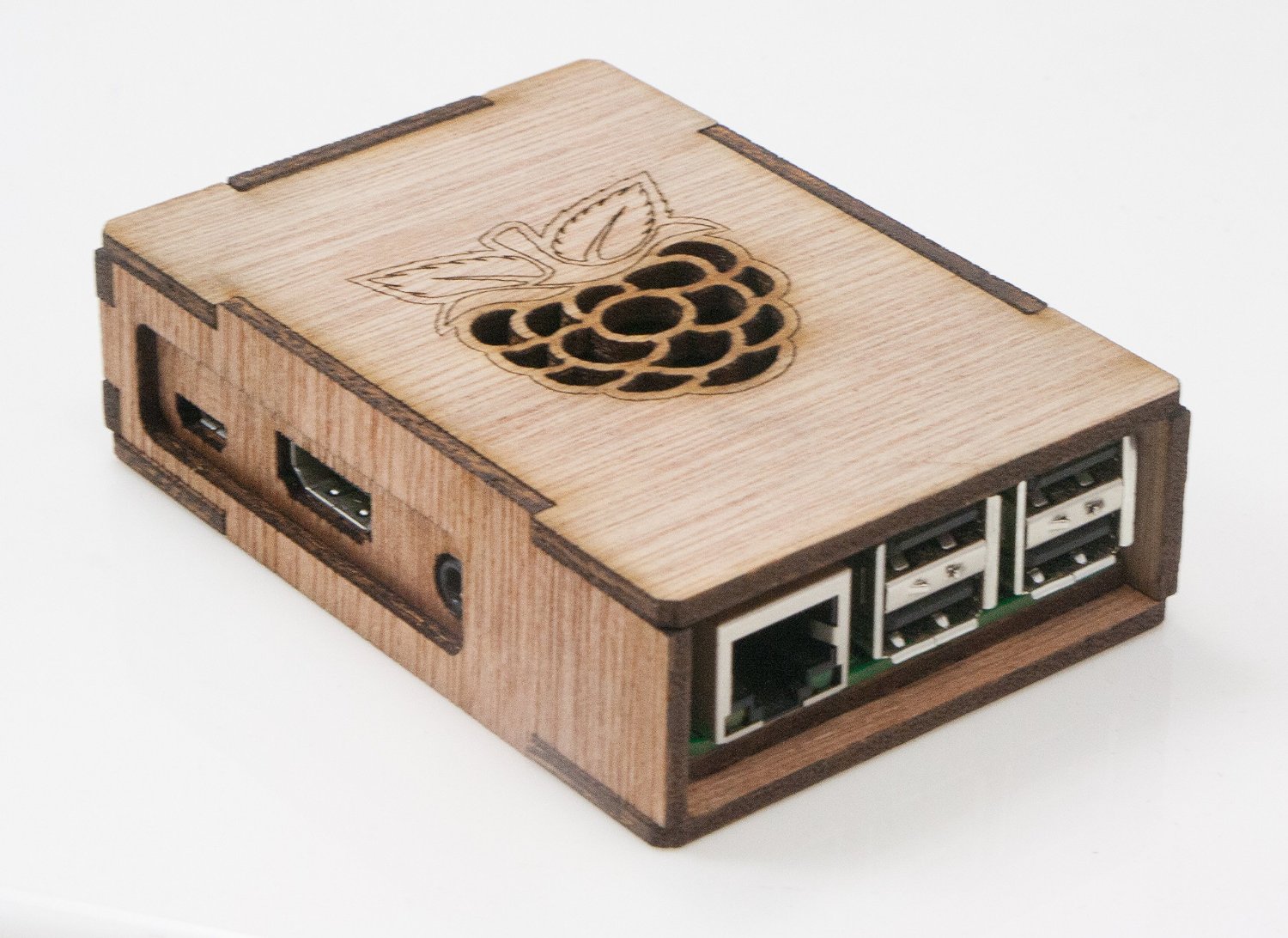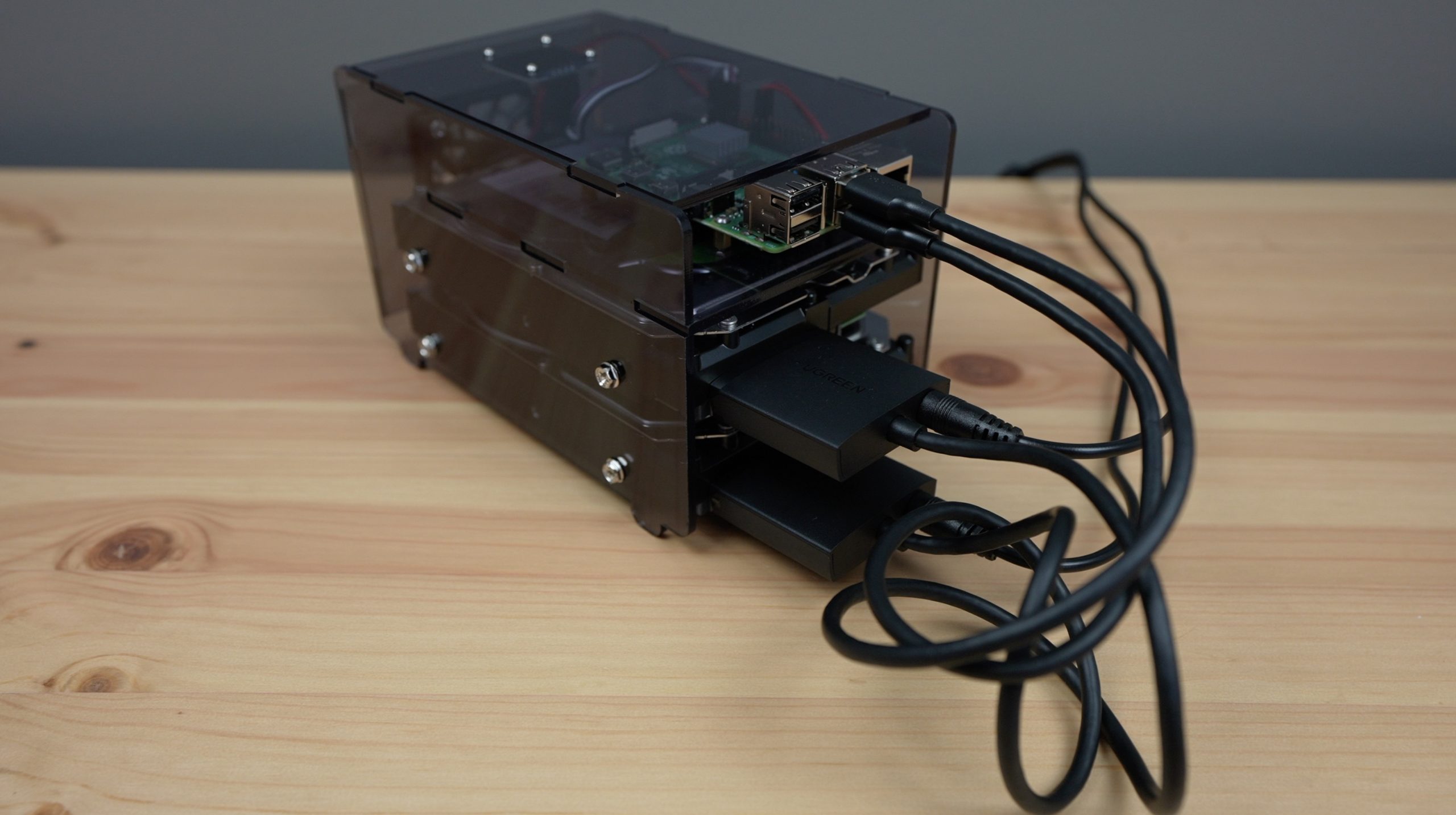RemoteIoT projects have become increasingly popular, especially with the rise of Raspberry Pi as a versatile platform for developers and hobbyists. The Raspberry Pi has proven to be an excellent choice for building remote IoT systems, offering affordability, flexibility, and powerful capabilities. If you're looking to dive into the world of remote IoT, this comprehensive guide will help you understand the best Raspberry Pi RemoteIoT solutions available today.
From monitoring weather stations to automating home appliances, Raspberry Pi-based RemoteIoT setups can revolutionize the way we interact with our environment. This article will explore everything you need to know about creating efficient and effective remote IoT solutions using Raspberry Pi, covering hardware, software, and best practices.
Whether you're a beginner or an experienced developer, this guide is designed to provide valuable insights and actionable advice to help you build innovative projects. Let's explore the world of Raspberry Pi RemoteIoT together!
Read also:Mateo Ventura The Rising Star In The World Of Entertainment
Table of Contents
- Introduction to Raspberry Pi RemoteIoT
- Why Raspberry Pi Is the Best Choice for RemoteIoT
- Hardware Requirements for Raspberry Pi RemoteIoT
- Software Options for Raspberry Pi RemoteIoT
- Top Raspberry Pi RemoteIoT Projects
- Networking and Security for RemoteIoT
- Troubleshooting Common Issues
- Optimizing Performance of Raspberry Pi RemoteIoT
- Cost Analysis for Raspberry Pi RemoteIoT
- Future of Raspberry Pi RemoteIoT
Introduction to Raspberry Pi RemoteIoT
The concept of RemoteIoT revolves around connecting devices over a network to enable remote control and monitoring. Raspberry Pi has emerged as one of the most popular platforms for implementing these systems due to its affordability, flexibility, and ease of use. This section will explore the basics of RemoteIoT and how Raspberry Pi fits into the equation.
Raspberry Pi is a single-board computer that offers a wide range of capabilities, making it ideal for IoT projects. With its GPIO pins, Wi-Fi and Bluetooth connectivity, and support for various operating systems, it is a powerful tool for creating remote IoT solutions.
Whether you're building a simple home automation system or a complex industrial monitoring setup, Raspberry Pi provides the tools you need to succeed. This section will also introduce the key components and concepts you should be familiar with when starting your RemoteIoT journey.
Why Raspberry Pi Is the Best Choice for RemoteIoT
When it comes to selecting a platform for RemoteIoT projects, Raspberry Pi stands out for several reasons:
- Cost-Effective: Raspberry Pi models are affordable, making them accessible to hobbyists and professionals alike.
- Versatility: With multiple models available, Raspberry Pi can be tailored to fit the specific needs of your project.
- Community Support: A large and active community provides extensive resources, tutorials, and support for Raspberry Pi users.
- Scalability: Raspberry Pi can handle projects of varying complexity, from simple setups to advanced multi-device networks.
These advantages make Raspberry Pi the best choice for anyone looking to build robust RemoteIoT solutions.
Hardware Requirements for Raspberry Pi RemoteIoT
Before diving into your RemoteIoT project, it's essential to gather the necessary hardware components. Here's a list of essential items:
Read also:Amy Winehousersquos Husband The Untold Story Behind Their Relationship
- Raspberry Pi Model: Choose a model that suits your project's requirements, such as the Raspberry Pi 4 for more demanding tasks.
- Power Supply: A reliable power adapter is crucial for stable operation.
- Storage: A microSD card with sufficient capacity to store your operating system and data.
- Sensors and Actuators: Depending on your project, you may need temperature sensors, cameras, motors, or other components.
Additional hardware, such as Wi-Fi dongles or Ethernet cables, may also be necessary depending on your project's connectivity needs.
Software Options for Raspberry Pi RemoteIoT
Choosing the right software is just as important as selecting the appropriate hardware. Here are some popular options for Raspberry Pi RemoteIoT projects:
- Raspberry Pi OS: The official operating system for Raspberry Pi, offering a user-friendly interface and extensive support.
- Home Assistant: A powerful open-source platform for home automation and IoT management.
- Mosquitto: A lightweight MQTT broker for secure messaging between IoT devices.
Each software option has its own strengths and is suited for different types of projects. Consider your project's specific needs when selecting the appropriate software.
Top Raspberry Pi RemoteIoT Projects
Weather Monitoring System
Building a weather monitoring system is a popular RemoteIoT project that allows you to collect and analyze weather data from your location. This project typically involves:
- Temperature and humidity sensors
- Wind speed and direction sensors
- A Raspberry Pi to process and transmit data
By setting up a weather station, you can gather valuable data for personal use or contribute to larger weather monitoring networks.
Home Automation System
Home automation is another exciting application of Raspberry Pi RemoteIoT. With this setup, you can control and monitor various aspects of your home, including:
- Lighting systems
- Thermostats
- Security cameras
Using platforms like Home Assistant, you can create a centralized system to manage all your smart devices.
Remote Surveillance System
A remote surveillance system allows you to monitor your property from anywhere in the world. This project typically includes:
- A Raspberry Pi camera module
- Motion detection software
- Cloud storage for recorded footage
With this setup, you can keep an eye on your home or business even when you're not physically present.
Networking and Security for RemoteIoT
When setting up a RemoteIoT system, it's crucial to ensure proper networking and security measures. Here are some tips to keep your system secure:
- Use Strong Passwords: Protect your devices with complex passwords to prevent unauthorized access.
- Enable Encryption: Use encryption protocols like SSL/TLS to secure data transmission.
- Regular Updates: Keep your operating system and software up to date to patch vulnerabilities.
By implementing these security measures, you can protect your RemoteIoT system from potential threats.
Troubleshooting Common Issues
Even with careful planning, issues may arise during your RemoteIoT project. Here are some common problems and their solutions:
- Connection Problems: Ensure proper network configuration and check for hardware issues.
- Software Errors: Refer to documentation or community forums for troubleshooting tips.
- Performance Issues: Optimize your system by reducing unnecessary processes and upgrading hardware if needed.
Staying proactive in identifying and addressing issues will help ensure the success of your project.
Optimizing Performance of Raspberry Pi RemoteIoT
To get the most out of your Raspberry Pi RemoteIoT setup, consider these optimization tips:
- Use Efficient Code: Write optimized code to reduce processing overhead.
- Optimize Storage: Regularly clean up unnecessary files to free up space.
- Upgrade Hardware: Consider upgrading to a more powerful Raspberry Pi model if your project demands it.
By following these tips, you can improve the performance and reliability of your RemoteIoT system.
Cost Analysis for Raspberry Pi RemoteIoT
Understanding the cost implications of your RemoteIoT project is essential for budgeting and planning. Here's a breakdown of typical costs:
- Raspberry Pi: Prices vary depending on the model, ranging from $35 to $75.
- Additional Hardware: Sensors, cameras, and other components can add to the overall cost.
- Software: Many software options are free, but some premium features may require a subscription.
By carefully selecting components and leveraging open-source software, you can keep costs under control while still achieving your project goals.
Future of Raspberry Pi RemoteIoT
The future of Raspberry Pi RemoteIoT looks promising, with advancements in technology driving innovation in this field. As IoT devices become more prevalent, the demand for reliable and efficient RemoteIoT solutions will continue to grow.
With ongoing improvements in hardware capabilities and software support, Raspberry Pi will remain a leading platform for RemoteIoT projects. Developers and hobbyists alike can look forward to exciting new possibilities in the world of RemoteIoT.
Conclusion
In conclusion, Raspberry Pi offers an exceptional platform for building RemoteIoT solutions. With its affordability, versatility, and strong community support, it is the ideal choice for developers and hobbyists alike. By following the guidelines and tips outlined in this article, you can create innovative and effective RemoteIoT projects.
We encourage you to share your thoughts and experiences in the comments section below. Additionally, consider exploring other articles on our site for more insights into Raspberry Pi and IoT technologies. Together, let's shape the future of RemoteIoT!

